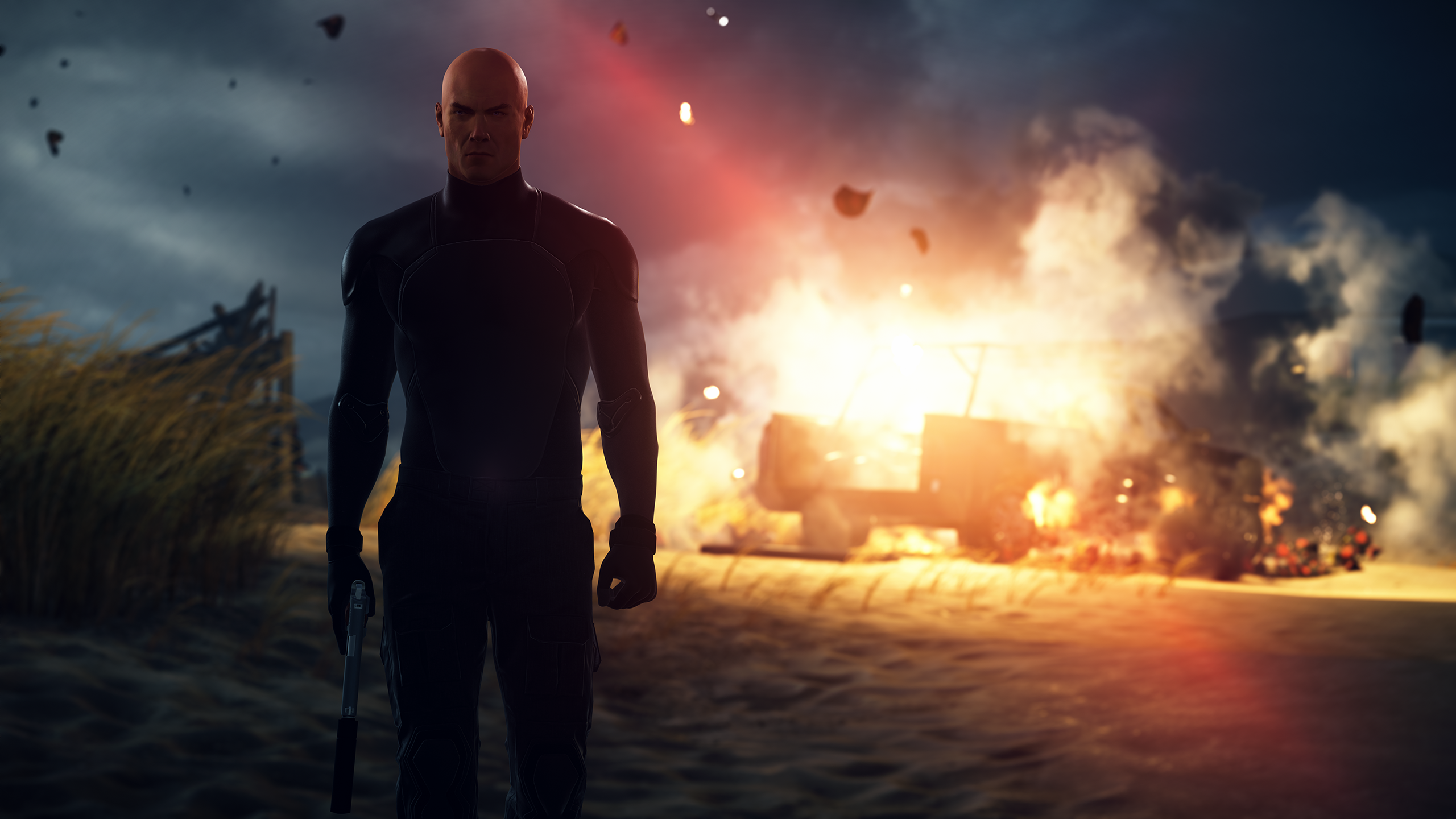HITMAN 2 Was Designed to Be Played on a Powerful PC
Staff – February 27, 2019 at 12:49 PM
Excited to start playing Hitman 2? Gain free access to the first mission in HITMAN 2! Experiment, improvise, and complete all the challenges that Hawke's Bay has to offer.
HITMAN 2 is a stunningly immersive assassin simulator like none other. Every level contains a microcosmic society of NPCs, each one exhibiting lifelike behaviors. From the texture of fabric swinging from a clothesline in Mumbai to the distant sound of engines at a racetrack in Miami, HITMAN 2’s world is rich with detail and imagery. The game is best enjoyed when it’s given the chance to command your senses — when you can hear the rustle of the leaves in a Colombian jungle, or when you can watch the waves crash upon a New Zealand beach.
The beauty of gaming on a PC, of course, is that you’re likely playing the game the way its developers intended. With gaming PCs, there’s a direct correlation between a game’s quality and the power of the hardware running it; better hardware can service a much more convincing and comprehensive simulation if you’re smart about how to configure and upgrade your components. It’s a rewarding dynamic that allows us to exercise a little bit of control over how we experience virtual worlds.
HITMAN 2 contains one such world. Maurizio de Pascale, IO Interactive’s chief technology officer, helped break down how gaming with a strong CPU can make a world of difference in HITMAN 2. While it might not have significant bearings on the gameplay or mechanics, having a better CPU provides you with an even more intimate window into the life of Agent 47.
CPUs are so important to the experience of HITMAN 2, in fact, that the game has three separate tiers of default settings for what IO Interactive calls “CPU simulation”: “Base” is the default for CPUs with four cores, “Better” is the default for CPUs with six cores, and “Best” is the default for CPUs with eight or more cores.

Upgrading the settings between these tiers has a significant effect on game elements like crowd simulation, audio processing, and the generation of physics objects. “When all these things are combined, they result in richer and more dynamic content being played on screen and via the speakers,” de Pascale said.
For instance, while a HITMAN 2 level might have as many as 300 NPCs — and that’s not even including the crowd characters — only a small fraction of them receive full updates every frame. This fraction increases, however, depending on the tier of “CPU Simulation.” Games running the “Base” tier will only update 40 NPCs at a time, while games running the “Best” tier will update up to 120 NPCs frame by frame, which results in less visible glitching and more convincing NPC crowds. This means that, even in the distance, NPCs will behave in ways you might expect of real-world people rather than demonstrating lower-fidelity behavior; they might move gracefully between conversations with others, decide to lounge on a bench, or cheer for a nearby spectacle.
The amount of CPU cores also affects the game’s audio, which is equally important for fostering a convincing simulation. Playing with the “Base” tier, for instance, can lead to some audio inconsistencies during gameplay. “For example, if Agent 47 is standing in a metallic container, and an NPC is shooting at him from a hill, gunfire will have metallic reverb of the container, instead of distinct boomy, echoey reverb of an open environment,” de Pascale said. However, the “Better” and “Best” tiers allow for much more realistic reverb that seamlessly transitions between different environments.

“Destruction is another example of how the scaling contributes to a richer experience,” de Pascale added. “Having more CPU power allows us to simulate more particles and shards and fracture destructible objects in more pieces than we could otherwise.” Playing with the “Better” and “Best” tiers also increases the distance at which visual effects are culled.
In a game built around observation and subterfuge, all of these details bring the possibilities of IO’s labyrinthine levels into focus. Playing with more lifelike NPCs only heightens the tension of lurking through the dense crowds of a marketplace in Mumbai, just as more robust audio design enhances the thrill of getting into a gunfight with the guards of a secret society’s headquarters. HITMAN 2 is all about feeling like an assassin, and it’s much easier to do so when the world around you is striving its hardest to maintain this fantasy.
“One thing that was very important to us when scaling up content and rendering simulation quality was to not alter the core gameplay. We want to be fair and make sure that the game plays in the same way across different hardware,” de Pascale explained. “Even with this constraint, there is so much in our game that can be increased in quality while still being non-gameplay affecting.”
Ultimately, IO Interactive designed the game with the “Best” tier experience in mind. They had to scale the experience down when designing the game for consoles, but the best medium for the game is PC. “This multicore powered experience on PC is closer to what our designers had originally intended for the game,” he said.
.jpg)

